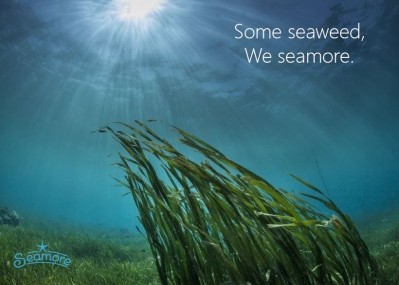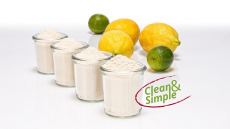Cargill eyes sustainable seaweed for carrageenan range

Sustainability and security of supply are critical issues for seaweed ingredients, while they have been making inroads in Europe for their flavour, texture and potential health benefits. According to Cargill’s global product manager for seaweed, Xavier Martin, the company has opted to move toward more farmed seaweed for its new range, dubbed Satiagel ABN 500, in an effort to safeguard supply.
“For us it makes a really big difference,” he told FoodNavigator. “It’s much easier to control the quantity and quality.”
He said the supply of wild seaweed was more difficult to control, as it is at the mercy of climatic patterns, storms and even earthquakes, which Cargill saw disrupt its supply in Chile a couple of years ago. In addition, wild seaweed faces the risk of overharvesting, but Martin says the company’s sustainable sourcing plan – which uses seaweed from its farms in Indonesia and the Philippines – goes beyond a economics alone.
“Apart from financing research on seaweed and farming, the direct long-term relationships with farmers enable us to support the improvement of production tools, working and living conditions, education and healthcare,” he said. “Transferring knowledge to the farmers is key to enriching their communities and essential to the availability of high-quality seaweed.”
Martin added that the company combines different kinds of seaweed in order to achieve the same kind of functionality and flexibility that customers would expect from wild seaweed, whether that is cost-effective stability or premium organoleptic properties.



![Seaweed & Co: “[DNA testing] will help differentiate material from cheap, nasty stuff coming onto the market with no testing whatsoever,.”](/var/wrbm_gb_food_pharma/storage/images/_aliases/wrbm_medium/1/3/9/7/3407931-3-eng-GB/DNA-seaweed-authentication-test-launched-in-UK.jpg)





















